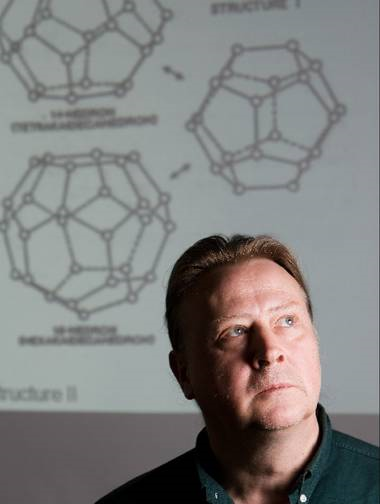2572
Scientific Program

Bjorn Kvamme
University of Bergen, Norway
Title: Molecular simulations of surfactant-modified H2O/CO2 and H2O/hydrocarbon interfaces
Biography:
Bjorn Kvamme has obtained his MSc in Chemical Engineering (1981) and PhD in Chemical Engineering (1984) from the Norwegian University of Technology and Natural Sciences. After a short period with SINTEF and two years at Bergen University College, he was appointed as Full Professor in 1987. He was appointed as a Professor in Gas Processing at the Department of Physics, University of Bergen in 2000. He is the author/co author of 422 publications during last 25 years, of which 148 are in good international scientific journals.
Abstract
Phenomenological continuum theories of Ginzburg-Landau type have been successfully applied before to address complex interfacial phenomena involving emulsion formation in aqueous systems relevant for enhanced oil recovery (EOR). Molecular simulations were proven crucial for calibration of model parameters required to both validate the theory and produce reasonable equation of state. Our molecular simulation work focused on surfactant-modified H2O/CO2 and H2O/oil systems central for an earlier proposed technique that combines EOR and safe storage of carbon dioxide. Viscosity contrast between asphaltenes and the bulk liquids will heavily influence the coalescence of oil droplets and thus offer an alternative, kinetically driven mechanism for emulsion formation and reformation triggered by dual action surfactants. Analysis needed to evaluate the structural details and fluctuations dominating the interfacial regions requires knowing the exact locations of interfaces between all the relevant liquid phases. We have deployed an intuitive technique allowing us to find intrinsic surfaces defining liquid-liquid interfaces through the analysis of instantaneous and time averaged molecular configurations. While fairly straightforward in case of simple liquids, such approach becomes more complicated when the size and the shape of molecules start playing a significant role. We have thus augmented our analysis of large-multicomponent systems by studying several smaller ternary systems with the non-aqueous component varying in size and molecular complexity from carbon dioxide to asphaltenes to investigate the possible impact of different broadening parameters.
- Petroleum Geology
- Geophysical Exploration
- Hydraulic Fracturing
- Advanced Drilling Technologies
- Petroleum Refineries
- Computer Applications in Petroleum Engineering
- Computational Modelling
- Petroleum Desulphurization
- Reservoir Engineering & Reservoir Simulation
- Advanced Natural Gas Engineering
- Petrophysics & Petrochemistry
- New frontiers in Petroleum Engineering
- Major Challenges in Petroleum Industry
- Environmental Impacts in Petroleum Engineering
- Petroleum Substitutes
- Petroleum Economics

